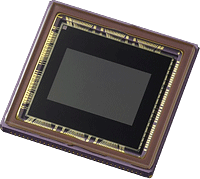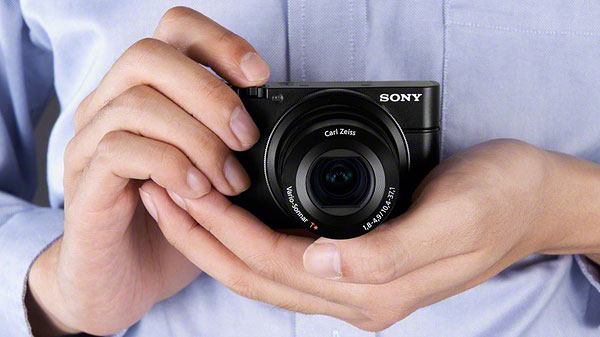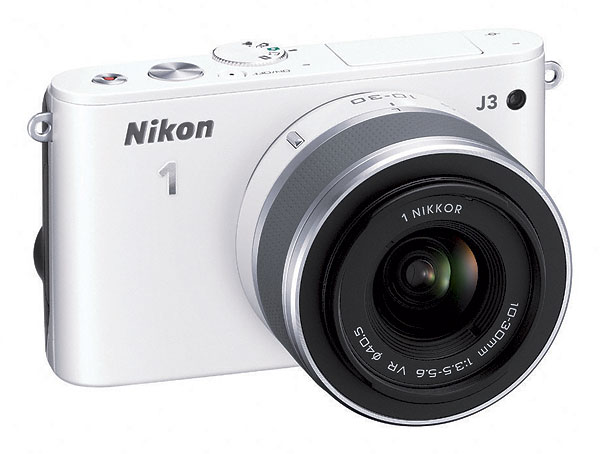Sony RX100, Nikon 1-series competition could be coming soon, suggests Aptina
posted Wednesday, April 17, 2013 at 5:50 PM EDT

An announcement today from sensor manufacturer Aptina -- supplier of the chips used in Nikon's 1-series mirrorless camera line -- suggests that there could soon be more competition in the market for cameras with 1"-type sensors (or CX-format, in Nikon parlance). Currently, Nikon's mirrorless models and the Sony RX100 premium compact are the only cameras using this particular sensor format.
In announcing broader availability of a sensor that's likely the same chip featured in the Nikon V2 and Nikon J3, Aptina notes that it feels the design to be a game-changer, based upon "strong interest from several top camera companies that have sampled the image sensor". Those companies would, presumably, be new to the market sector. Nikon is already far beyond mere sampling, using Aptina's chips in half a dozen different models. Sony, meanwhile, would be unlikely to use Aptina's tech given its own sensor production capabilities and an agreement to cross-license patents with Aptina. Hence, if those companies currently sampling Aptina's 1"-type chips go ahead with products of their own, the buying public can look forward to more competition for either the 1-series, the RX100, or perhaps both.

Today's announcement from Aptina describes a 14-megapixel chip that the company says is already in mass production, a pretty clear hint that it's essentially the same chip used by Nikon, although neither company is likely to directly confirm this. It's the second Aptina chip to debut in Nikon's 1-series, and to subsequently be offered more broadly, although last year's AR1011HS sensor hasn't yet appeared in consumer cameras from any other manufacturer. (That chip was the model used in the Nikon J1, J2, S1, and V1, or at least was very closely related to it.)
The new Aptina AR1411HS CMOS imager is even faster than last year's 10-megapixel sensor, which is all the more impressive given the 40% increase in total resolution. It can now shoot at a whopping 80 frames per second in full resolution, where the AR1011HS was "limited" to a still-speedy 60 fps. To put that in perspective, the new chip is capable of outputting an incredible 1.12 gigapixels per second, up from the 600 megapixels per second of the previous generation -- close to double the performance.

That speed is more than sufficient for the Aptina AR1411HS sensor to provide 4K video, already a capability of the previous generation, although Nikon's 1-series cameras have yet to offer 4K video capture to the end user. (While the sensor in the 1-series cameras has always been able to provide 4K capture, it is but one element in the pipeline; it's possible there's a limiting factor elsewhere, or that Nikon simply feels now isn't the time for a 4K-capable mirrorless.) The new 14-megapixel chip will allow 4K in either the Quad HD (3,840 x 2,160) or Digital Cinema 4K (4,096 x 2,160) formats at a rate of 60 frames per second, and Full HD video is possible at 120 frames per second. The new chip also continues to allow full-resolution still image capture during 1080p video recording, just as did its predecessor.
Other specifications of the new sensor include a 2.86um square pixel with Aptina DR-Pix tech, RGB Bayer color filter array, a dynamic range of 79.0dB, a 24-lane high-speed differential serial video output, and a maximum power consumption of 1.1 watts under continuous, full-resolution usage.
There is, as yet, no information on which companies are looking at Aptina's 1"-type sensors, and how close they are to going forward with products of their own based on the chips. We confess we're rather excited to see what the future holds, though. Watch this space!